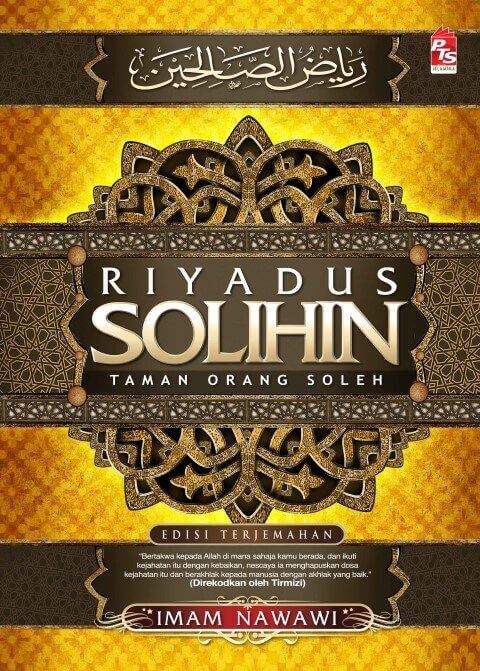Human and environment are exposing to the danger of pollution. In some developing countries, unmonitored disposal of municipal solid wastes (MSW) includes predominantly household waste (domestic waste) are among the sources contributed to this problem.
The IWtE facilities are usually operated by non-profit companies, based on a cost coverage principle. This is why households, commerce and industry can have their waste treated in a safe and environmentally friendly manner at low cost. Today, in many developed countries, both waste management and energy production are subject to extensive regulations. Waste must first and foremost be reused or recycled. The fraction of the waste that is suitable for incineration and that cannot be reused or recycled must be incinerated in incineration facilities with energy recovery. Only waste that cannot be reused, recycled or incinerated may be land filled.

Owing to the fact that all the facilities now have dioxin cleaning, dioxin from waste incineration is no longer a problem.
Worldwide, about 130 million tonnes of municipal solid wastes are combusted annually in IWtE facilities that produce electricity and steam for district heating and also recover metals for recycling.
IWtE facilities are ideally suited for the thermal treatment of most kinds of municipal and industrial solid waste as well as for the combustion of certain types of bio fuel. It is a modular concept for various waste compositions and calorific values. Treatment capacities of an IWtE facilities range from 1.5 to 30 tonnes per hour per incineration line.
Other countries like Saudi Arabia , UAE, Bahrain , Vietnam and Thailand
We have to look forward in protecting the environment and public health and enriching the lives of our communities in a cleaner world now and in the future.
















It´s good option to have somthing for the waste. This´s a "normal" stream generetor modified to burn waste insted gas, fuel iol or another fuel.
ReplyDeleteSaludos!!!!